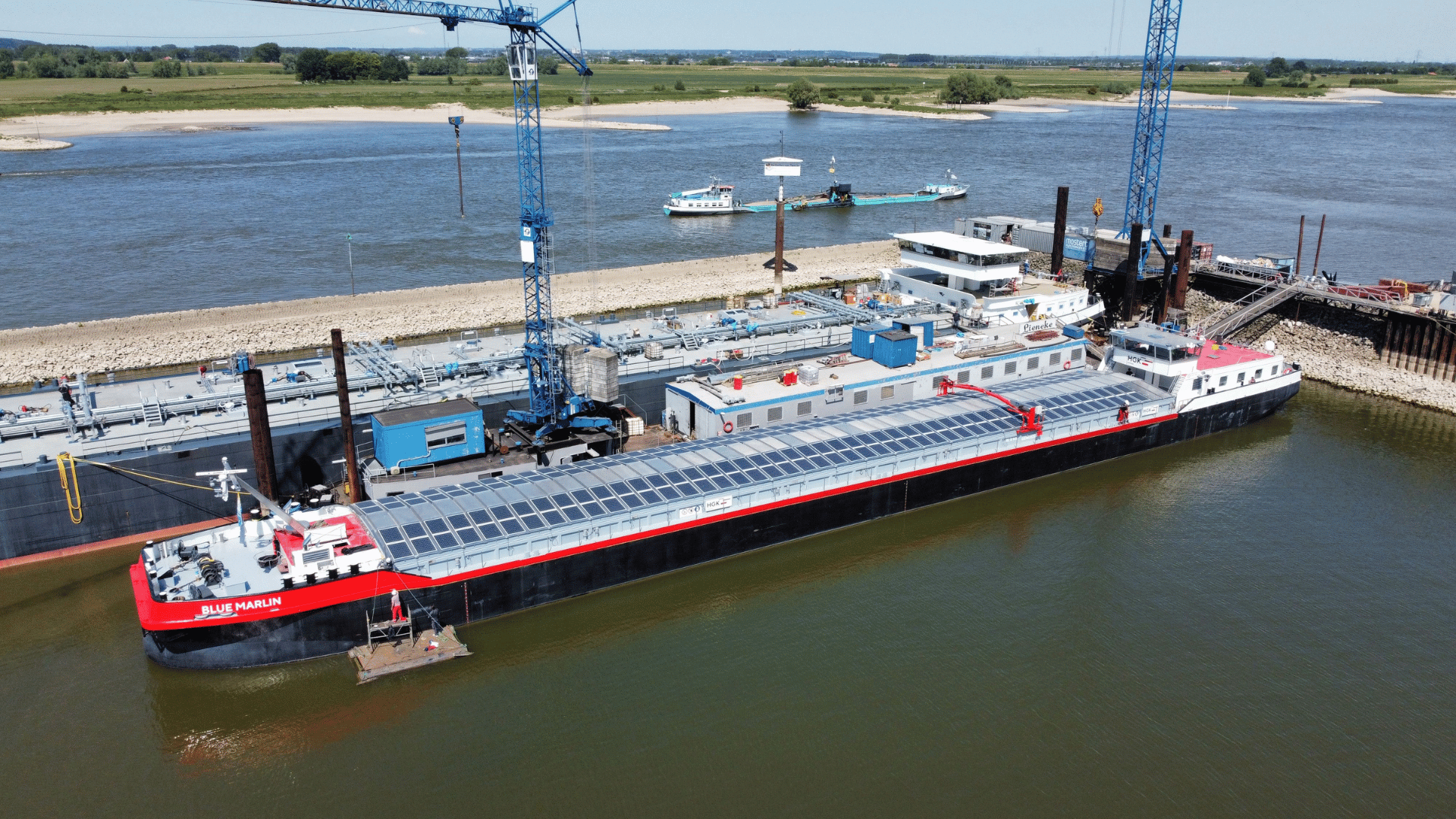Food trucks have long been a staple of country fairs and other events, but only in the past few years have they really exploded. Many existing restaurants have bought food trucks in hopes of promoting and selling their food outside their main establishment. Others who may not have the means to buy a building turn to trucks to make their food industry dreams a reality. But this leaves one question unanswered: how do you build a food truck?

First thing’s first
The first step is obvious: a truck. Most food trucks are modified delivery trucks, like those used by UPS and other mail companies. This is the vehicle that will be retrofitted to house all the necessary cooking equipment. While the front of the vehicle- where the driver and any passengers sit- remains unchanged, the rest is emptied and prepared for the new equipment. Alternatively, you could use a bus, trailer, van, or even a mobile home. It all depends on how complex the kitchen needs to be.
Once the vehicle is empty comes electrical wiring. For DIY truckers, this is when calling in an expert is most common. Wiring the truck ensures that the new equipment will be able to run properly, but it can also be dangerous. It’s also difficult to determine the cause of any electrical trouble after the kitchen components are installed. The interior must be reinforced to not only secure the wiring but prevent any damage to the structure of the vehicle once the kitchen is built. Aluminum is popular as a reinforcer.
One area that doesn’t need reinforcement? The openings. Patrons need an access point- the serving window- to be able to order and pick up their food. There should also be a way for employees to leave, but a sliding back door should suffice in most cases. An opening on the roof is also required if an air conditioner is installed. The interior walls are also finished around this time with non-flammable material.

Next you need a kitchen…
Depending on what kind of food truck it will be, the kitchen appliances will vary. However, there are a few staples. These include a gas/propane tank, cash register, sink, storage system, and an interior hood. Most also include various countertops and the previously mentioned A/C unit. Other features installed during this step can include fryers, cabinets, ovens, grills… if it can make food, then it’s probably been installed in a food truck before.
Lastly, it’s time to get the power sources and final electric work done. The appliances are connected to the circuit. A plumber is brought in to connect the sink to the fresh water tank, add a dump valve, and other specifications depending on local laws. The generator is turned on for the first time as well (make sure the area around it is well ventilated). With the inside complete, all that’s left is to decorate the exterior to make the food truck stand out and attract hungry customers.
There are a few key differences between buying a food truck or transforming one yourself, but the overall process remains the same. It’s deceptively simple; what looks like a simple conversion is a dangerous and expensive endeavor. However, the perks of having a food truck often outweigh any downsides to those passionate enough to pursue a career in the food industry.
If you’re interested in building your own food truck, there are plenty of other, more in-depth guides online. Also, ask other restaurateurs in your area for advice and recommendations. Owning a food truck is an achievable dream. It just takes a little know-how, elbow grease, and a whole lot of stainless steel.
Follow our World of Production, where big ideas bring big growth.







